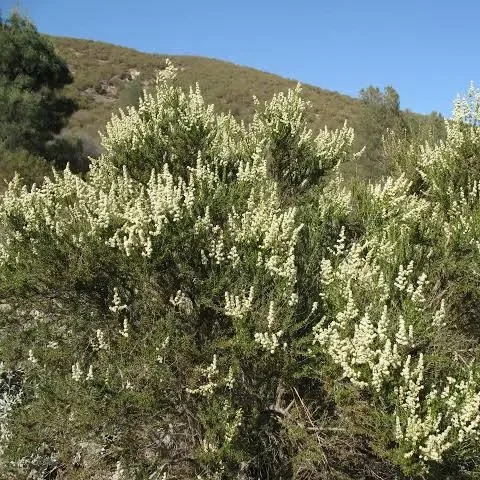by Annie Ransom
Wood from oak was used as firewood and as fuel to fire pottery. Aerodynamic sticks, “rabbit sticks”, to hunt rabbits and other small game, were made from oak. The sticks have a curved shape with a flattened bottom and when thrown mimicked the zig zag pattern of a rabbit’s retreat.
Harvested in the fall, acorns were a primary food source. Several types of acorn species were eaten but the preference was for acorns from Black Oak (Neshaaw) found in the mountains. Acorns are extremely nutritious and have a long shelf life, up to 5 years.
The juice from oak galls, growths on oak trees caused by wasp larvae, was squeezed directly onto sores.
ACORN MUSH - SHAWII
After removing the outer shell and husk containing the nut, acorns were pounded into a meal. Acorn nuts contain bitter tannic acid which was removed by pouring cold, then hot, water over the meal (leaching). Shawii is still enjoyed by the Kumeyaay today. it is, the way you tell your story online can make all the difference.
ARROYO WILLOW (HALLASII)
Willow had many uses. The frames of the Kumeyaay’s dome-shaped homes (‘ewaas) were made from the branches. Branches were also used to form cradleboards so that the women could carry their infants around with them. Women wore skirts made from pounded willow bark. Willow bark contains salicin, the main ingredient used in the manufacture of aspirin, and was used to treat headaches, toothaches, and other ailments. This chemical also kept insect pests as bay.
Willow was used in the construction of baskets to store acorns (granaries).
CHAMISE (‘EPHII)
Branches were used to make arrow shafts. Leaves and stems were steeped to make a tea to alleviate upset stomachs, and as a ‘soak’ for topical sores and infections.
CEANOTHUS (‘IPEWII)
Commonly known as Wild Lilac. The flowers can be lathered into a soap for washing. Leaves were steeped into a tea to help with inflammaton. It was also used to treat various skin ailments like eczema, rashes, and poison oak.
WHITE SAGE (PELLYTAAY)
It was used both medicinally and spiritually. Sage leaves were bundled, dried and burned (smudging) and used in cleansing and blessing ceremonies, a practice still in use today. Leaves were also brewed into a tea as a remedy for respiratory ailments. Hunters rubbed sage leaves on their bodies to disguise their scent from prey.
BLUE ELDERBERRY (KUPALL)
The bark of the blue elderberry was used to heal open wounds and sores. The leaves, flowers and berries were harvested for a variety of purposes including food, and treating skin conditions. The soft core of the elderberry was hollowed out to turn into flutes.
YUCCA WHIPPLEI (SHAH’AA)
The flowers, stalk and base were all eaten. Hollow sections of the stalk could be used to craft quivers for arrows. The fibrous leaves can be made into twine or cordage for nets and baskets. The needle-like leaves were used for tattooing and sewing rabbit skins together to make blankets.






















